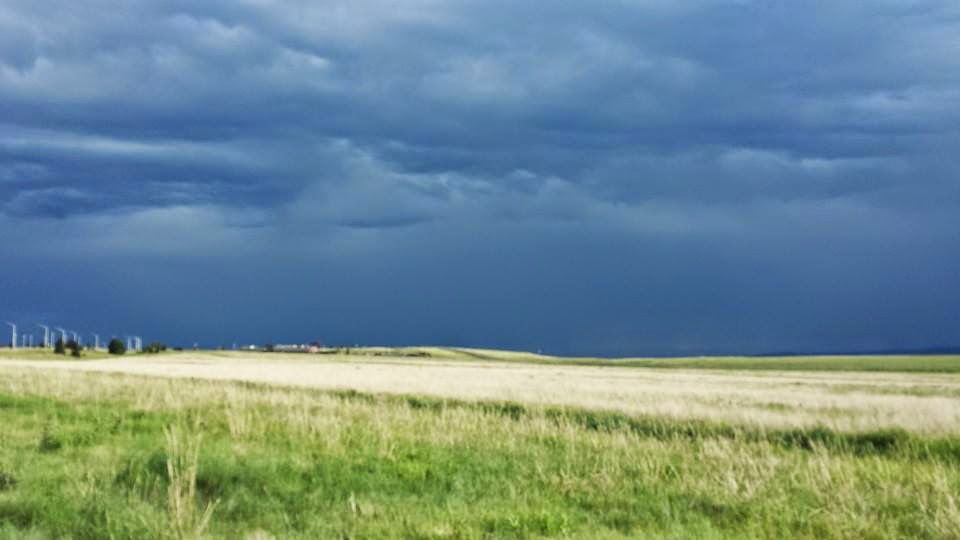I just reread my last post. Things were improving. I managed to finish the LiveFit program, but I didn't--and still don't--have a good plan in place. I started running again; Z came up with a plan for me, but I haven't been as committed to it plus my hip has started hurting a
lot more-- it even hurts to walk. I keep saying I'm going to do my physical therapy exercises in between the running days, but I have yet to do any. I'm so easily put off. I was supposed to run yesterday, but by the time I finished running errands and taking a kid w/an ear infection to urgent care, I was tired. Today I let a windy cold front keep me in (other than more errands). Why'd it have to be cold and windy on the
weekend?
I started a workout calendar for the month, but as I just implied, I haven't finished it yet. Dishes need to be washed. Household goods need to be decluttered (we move next month!), but DH has been having lots of dental issues and just got a root canal done. The dentist wasn't able to fully numb the tooth, so DH's mouth has been in a lot of pain -> vicodin -> extra sleeping -> no sorting nor packing while I'm at work.
I need to at least find a substitute for running for now, go back to the gym and use the elliptical and "just do it." Riding my bike doesn't hurt my hip b/c the left foot's down stroke allows my right foot to go up w/o using the hip flexors, I expect the elliptical will do the same. I also have to work on my push-ups and sit-ups; sit-ups -> hip flexor pain too. :-(
The below pretty much describes where the pain(s) is/are.
From RunnersWorld
http://www.runnersworld.com/injury-treatment/my-hip-hurts
Where's the Pain?
Pain in the front of the joint, where the leg attaches to the trunk, is typically caused by hip joint problems. The most common causes include hip flexor tendinitis or strain, stress fracture and osteoarthritis. Less commonly, a labral tear (cartilage) may cause pain.
Hip flexors are a group of muscles that move the thigh forward and up. Strains (pulls) are caused by backwards slippage of the foot. This may occur with one big slip or repetitive small slips while running on a slick surface, such as snow. Stretching the hip flexors is difficult. Lie on your back on the edge of a table or high bed and drop the outside leg off the edge. Lunging with the back leg fully extended will also stretch the hip flexors. An easy way to strengthen the hip flexors is to perform leg lifts. Leg weights or use of a sports cord will add resistance. To maximize strength throughout the hip, work leg raises in each direction — back, forward, in and out.
Tendinitis is usually due to increased training — increased mileage, speed work or hill work. Treatment includes decreasing training, ice, strengthening and stretching. How much decrease is based on the severity of the symptoms. If there is pain with walking, cross-train in a pool. Cycling, rowing machines, stairmasters and elliptical trainers may be used if they do not cause pain. In less severe cases, cut back on mileage by 25-50 percent and eliminate speed and hill work.
Pain on the outside of the hip is most commonly due to greater trochanteric bursitis. The thigh bone juts outward at the base of the neck (connects ball to the femur; site of hip stress fractures); this protrusion is the greater trochanter. A lubricating sac (bursa) overlies the boney protrusion, so that the surrounding muscles do not rub directly on the bone. The top region of the iliotibial (IT) band, known as the tensor fascia lata, is commonly involved in greater trochanteric bursitis.
Treatment includes stretching and strengthening the IT band, hip abductors and gluteal muscles (see exercises for the
IT band and
piriformis syndrome). Apply ice to the painful area for 15 minutes three to four times per day. Avoid running on banked surfaces. A cortisone injection may be beneficial. Severe or worsening pain should raise suspicion for a stress fracture.




.jpg)